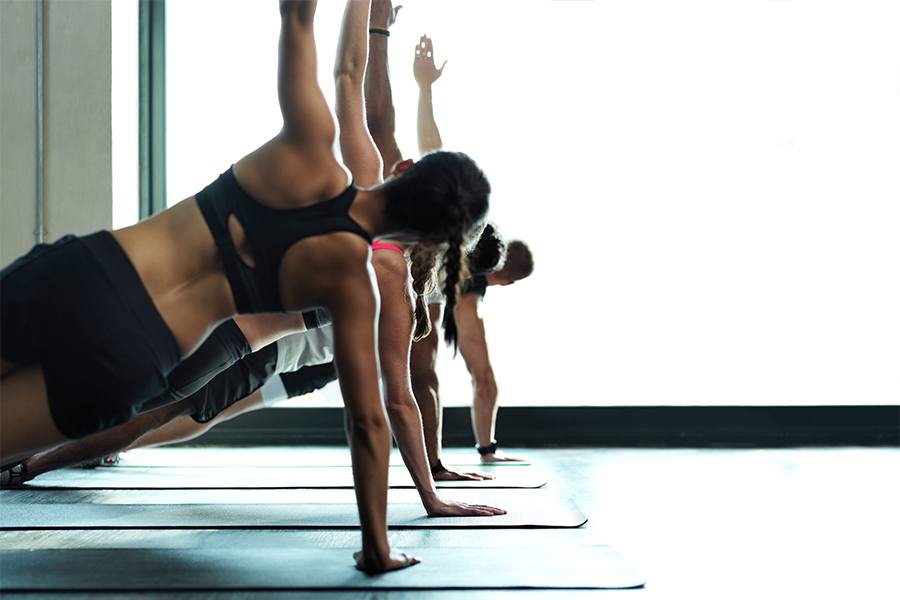Ashley Mitchell: Boston Wellness Is White-Washed. Now Is the Time to Be Better
The local fitness instructor and anti-racism activist asks the fitness community: What are you willing to do about it?

Image via Cecilie Arcurs/Getty Images
Participating in boutique fitness is like visiting the Land of Oz: It’s a mood. The lights are low, the music is loud, and your instructor is a superstar (and you’re actually friends with her). We dub these spaces “church” and “therapy,” spending a significant portion of our time and money within those walls. However, as a Black woman, navigating around and working in the Boston fitness scene feels like peeling back the curtain only to find an insecure curmudgeon, not the Great and Powerful Oz. It’s like Disney World with the power shut off.
As the fight for racial equity continues in this country, Black people everywhere are screaming “THIS IS NOT NEW!” I nod in agreement. No, it isn’t. And when it comes to group fitness, the way that we have chosen to build a community of instructors and clients has led me to the following fact: We uphold white supremacy and structures designed to oppress in the Boston wellness community.
Sit with that for a moment. How does it make you feel to read those words? Defensive? Sad? Guilty?
By now, you’ve undoubtedly consumed a barrage of memes, documentaries, and books that support this fact, but that doesn’t take away the sting of the word White, next to the word Supremacy, and the implication that somehow YOU helped to create that environment.
I want you to imagine the studios, gyms, and wellness centers you frequent. Close your eyes and scan your brain for images of the spaces dedicated to keeping you well. Now, think about the merchandise offered at these spaces. Generally speaking, how much does a tank top cost? You’ve forgotten your sports bra and now you have to buy one at the studio. Can you afford it, or do you have to choose between the bra and your weekly groceries? Do they even have your size? If you need anything larger than a size 6, probably not.
So now you’re walking into class and oops! You’ve spilled your green juice all over the floor. Who comes out of a little broom closet in the back to clean it? Is it someone who looks like you? Do you know their name? Can you communicate with them?
Walking into class, you find that someone is in the spot you paid for. You march to the front desk to complain. Do those people look like you? If you asked to speak to a manager, would they look like you? If you googled the CEO, would the outcome be the same?
Finally, you’ve made it into class. (This is where you think you’ve got me, right?) This is where you can say “Ha! My instructor is Black, so the joke is on you!” But I’m curious—how many of the other instructors in the space are Black? What’s the percentage of Black instructors in the entire company?
We have been conditioned to accept homogeneous spaces as normal spaces. It’s not normal, because it’s incongruent with how the world actually looks. We’ve bubbled up to the point where we’ve tokenized Black people in traditionally white spaces, acknowledged that they’re exceptions to the rule, and moved on.
My BIPOC peers and I are tired of the excuses. We are tired of being “the only.” We are tired of screaming into a void. We are tired of not being seen. So my question to you is: What are you willing to do about it?


